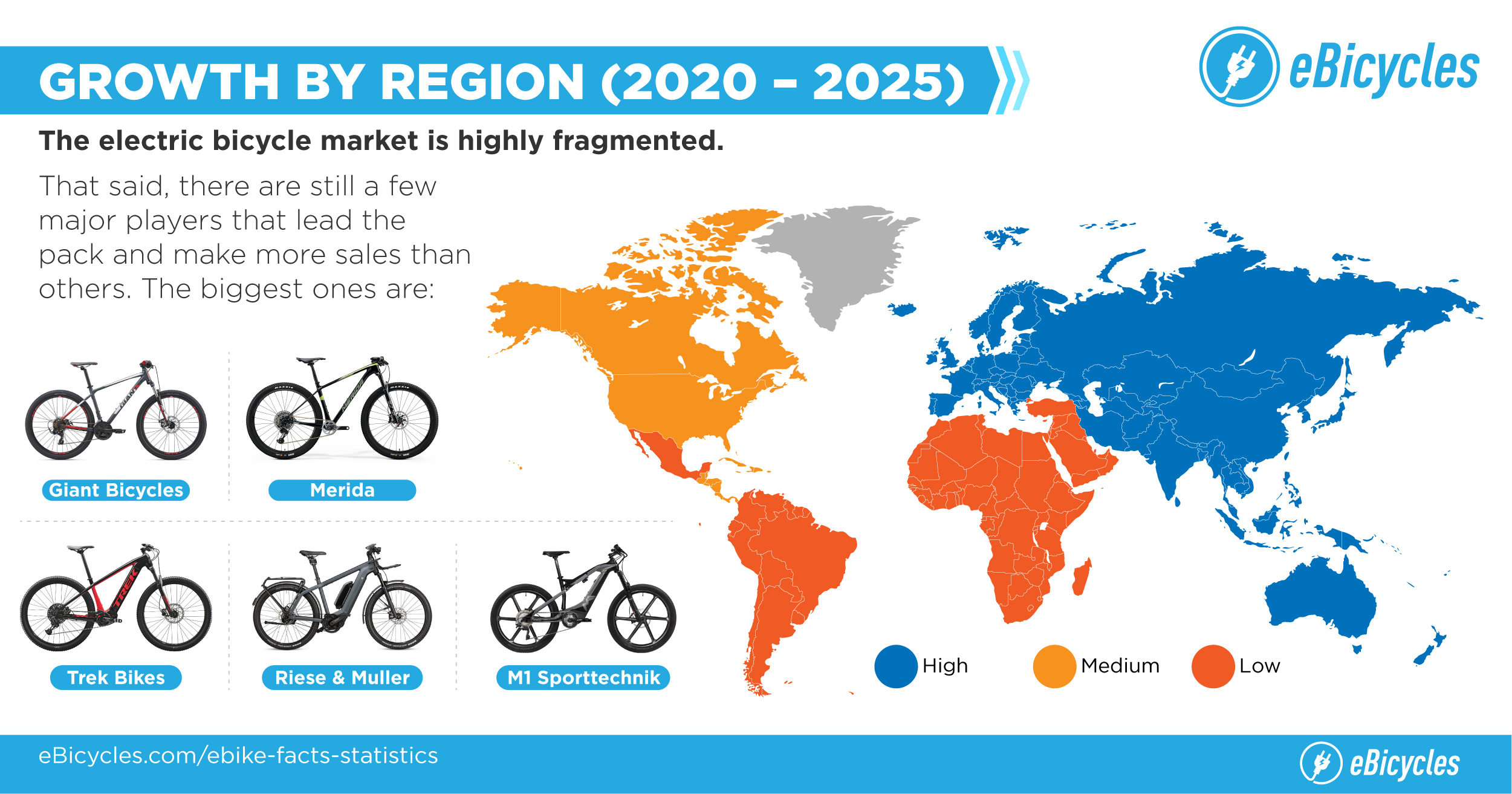Before you hop on your e-bike and struck the streets, it's crucial to recognize the regulations and guidelines that regulate your city. From rate limitations to marked riding locations, there's a great deal to consider to ensure you're compliant and secure. By familiarizing on your own with the regulations specific to e-bikes, you'll be much better furnished to appreciate your trips without any unforeseen lawful issues. Keep tuned to find vital understandings that will aid you browse the e-bike landscape in your city seamlessly.
Recognizing E-Bike Classification
When it concerns navigating the world of e-bike laws and laws, a crucial beginning point is recognizing the category system that classifies these electric bikes. E-bikes are commonly categorized right into three major groups: Class 1, Class 2, and Class 3.
Class 1 e-bikes are pedal-assist just, suggesting they offer help while the biker is pedaling and have a maximum speed of 20 mph. These bikes are allowed in areas where typical bicycles are permitted.
Course 2 e-bikes are geared up with a throttle that can push the bike without pedaling. They likewise have a maximum speed of 20 mph and appropriate for motorcyclists who might require support without pedaling continuously.
Course 3 e-bikes are similar to Course 1 however with a greater maximum speed of 28 mph. These bikes are typically limited from specific bike paths or routes because of their higher rates.
Recognizing these categories is crucial for following local regulations and making certain a risk-free and satisfying e-biking experience.
Navigating Rate Limits and Limitations
To effectively browse e-bike legislations and guidelines, it's essential to understand the rate limitations and limitations that relate to different classes of electrical bikes.
tricycle for e-bikes vary depending on the classification of the bike. https://andyflrwa.theisblog.com/32415773/investigate-how-a-few-uncomplicated-alterations-can-aid-you-easily-unlock-the-keys-to-raising-your-e-bike-s-battery-endurance -bikes, which are pedal-assist just and have a maximum speed of 20 miles per hour, are generally permitted on bike lanes and paths.
Course 2 e-bikes, which have a throttle along with pedal-assist and additionally reach rates of up to 20 miles per hour, might be limited in specific areas where motorized vehicles aren't permitted.
Class 3 e-bikes, with pedal-assist up to 28 mph, are normally required to adhere to the exact same regulations as conventional bikes.
It is very important to follow these rate restrictions and limitations to ensure your security and the safety and security of others on the road. Prior to riding your e-bike, familiarize on your own with the certain laws in your city to prevent any type of possible penalties or lawful concerns.
Where to Trip Your E-Bike
To figure out where you can ride your e-bike, it's important to know the guidelines and guidelines specific to your place. In a lot of areas, e-bikes are normally permitted on roadways and streets where traditional bikes are permitted. This might consist of bike lanes, bike paths, and shared roadways. However, visit my homepage to examine neighborhood regulations as some cities may have certain restrictions on where e-bikes can be ridden.
When riding your e-bike, always focus on safety and security by complying with website traffic guidelines and valuing pedestrian sidewalks. In addition, bear in mind any assigned bike lanes or paths in your area and utilize them whenever feasible to make certain a smoother and safer adventure.
Some cities likewise have laws regarding e-bike use on walkways, so make certain to acquaint on your own with these regulations to stay clear of any fines or fines.
Final thought
Now that you recognize with the laws and guidelines surrounding e-bikes in your city, you can confidently hit the road recognizing where you can ride and what restrictions apply to your e-bike category. Bear in mind to constantly focus on safety and security and comply with the regulations to make certain a smooth and lawful ride. Happy riding!
